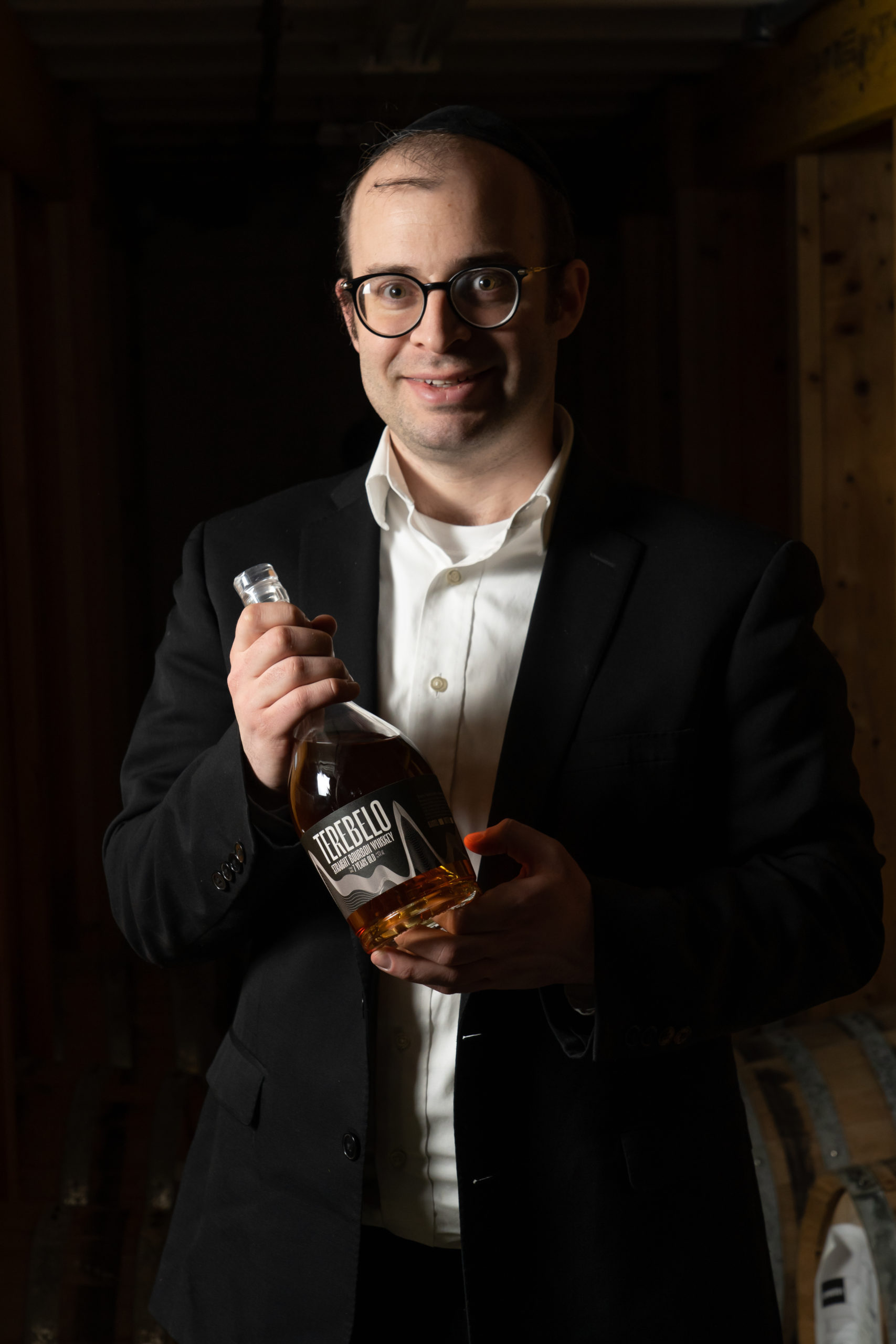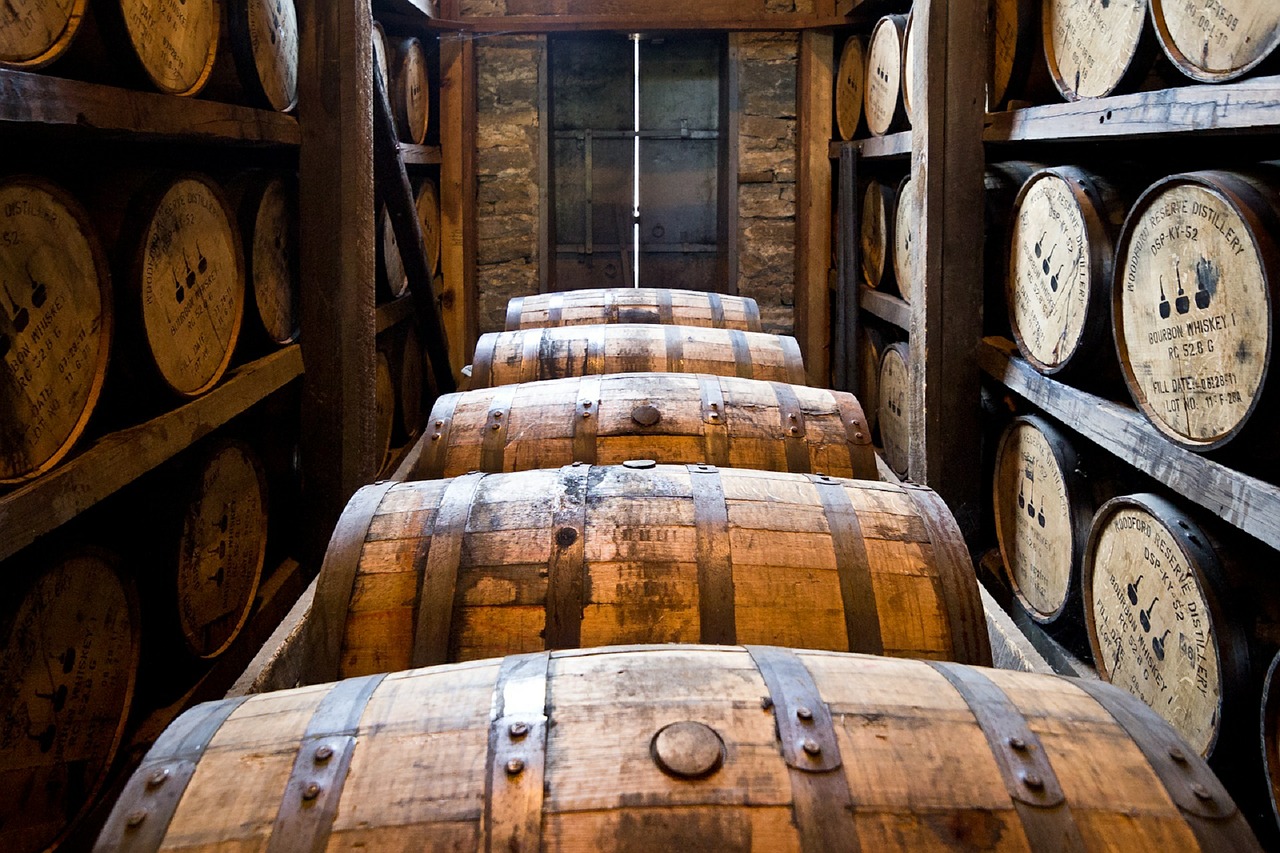How Whiskey Is Made
Grain Malting
Corn, rye, and wheat enzymes only need to be cooked at high temperatures to soften the hard cell walls, then they are ready for the next step no need for malting.
Barley Malting
The First step is fermentation what is fermentation this is when the yeast turns the “sugar” meaning grain etc. to alcohol.
Barley-based whiskey is a little tricky the grains must be “malted”: which means steeped in cold water for several days to hydrate the endosperm, the source of their starch which is the source of the sugars.
Well you still need to get access to the sugars which are stuck behind cell walks.
The trick, to germinate for up to a week on a malting floor or in a germination box the seeds cells are tricked to let down the walls thinking that it is growing into a new stalk.
Al the grains must be dried before the next step takes place.
Obviously any way can be used to stop the germination though the accepted practice is to dry it out.
Barley’s germination is stopped much in the same way either halted by air drying. Unique to barley though is using a kiln. Scotland is famous for using peat to fire the drying kilns which gives it its unique smoky taste.
Making The Grist Grounds
Enzymes and starches are now fermentable sugars and are almost ready for the yeast to work its wonders. We just need to get rid of the shells or what you would call the whole of the grain.
All grains, barley, rye, corn, and wheat are ground into which is called “grist” to make their starches accessible.
Grist To The Mill
The grist is the useful part of the ground grains. The unusable part is called chaff.
For “harder” grains such as corn, rye, and wheat, a portion of malted barley must be added to the grist to aid fermentation.
Mashing
Increasingly hot water is flushed through the grist accepted practice is three times to extract all the fermentable sugars.
Warm water helps the enzymes complete their conversion from starch into fermentable sugars the warm sweet liquid is now referred to as the “wort.”
Chemical Reaction
The mixture of grist and water now referred to as the wort. Is now added to a receptacle known as a mash tun.
This vessel is may be insulated to maintain a constant temperature this will enable that the flavor can be replicated over and over.
Fermentation
Yeast is added to the wort and the fermentation magic begins. The yeast converts the wort’s fermentable sugars into carbon dioxide (CO2), and alcohol. Some distilleries will capture the CO2 and create dry ice for resale.
Fermentation can take from anywhere from 24 hours and upwards depending on the yeast, sugar content, and temperature the distillery prefers.
The average alcohol content on what now is referred to as the beer, or “wash,” is normally 7–9% alcohol by volume (ABV).
Washback
This is the container where fermentation occurs.
Distillation
For malt whiskey, the wash is pumped into the wash still and heated until it boils. This leads to the steam rising as a vapor into a condenser. The condenser as its name implies causes the vapor to condense, the water being heavier leads to some of it drooping back into the still. The liquid that makes it out is referred to as “low wines” at around 25% ABV.
The low wines go into a second still to repeat the process. The “middle cut” of this distillate becomes the final spirit
Pot Still
Traditionally used for Scotch and Scotch-style whiskies, pot stills make whisky in batches: each filling and emptying of the still equates to one “batch.” They obviously look like a pot.
Column Still
In column stills, the liquid flows through continuously grain whiskeys, made from corn, rye, or wheat, are distilled in a column, or Coffey, still.
Maturation
Almost all whiskeys from around the world are matured in oak barrels.
Future articles
Stay tuned for our future articles on whiskey stills and barrel maturation.
You Like Our Articles So Try Our Vodka
Great Recipes for You to Check Out!
- Strawberry Basil Kombucha
- Pumpkin Liqueur Recipe D.I.Y.
- Jackfruit Liqueur Recipe D.I.Y.
- Cucumber Gin Liqueur Recipe
- Carrot Liqueur Recipe D.I.Y.
- Wall Germander Liqueur Recipe
- Plum Liqueur Recipe D.I.Y.
- Sour Apple Cinnamon Liqueur recipe D.I.Y.
- Plum Liqueur Recipe D.I.Y.
- Sour Apple Cinnamon Liqueur recipe D.I.Y.
To spirits and cheers,
Binyomin Terebelo, Master Distiller and Drinkologist

I love hearing from you about why you love something I wrote or published or a recipe I don’t know. I am Master Distiller at Terebelo Distillery, Love all things alcohol. Freelance for Grogmag and blog recipes for buildthebottle.com Weekend Rabbi too.


Customer Reviews
Thanks for submitting your comment!